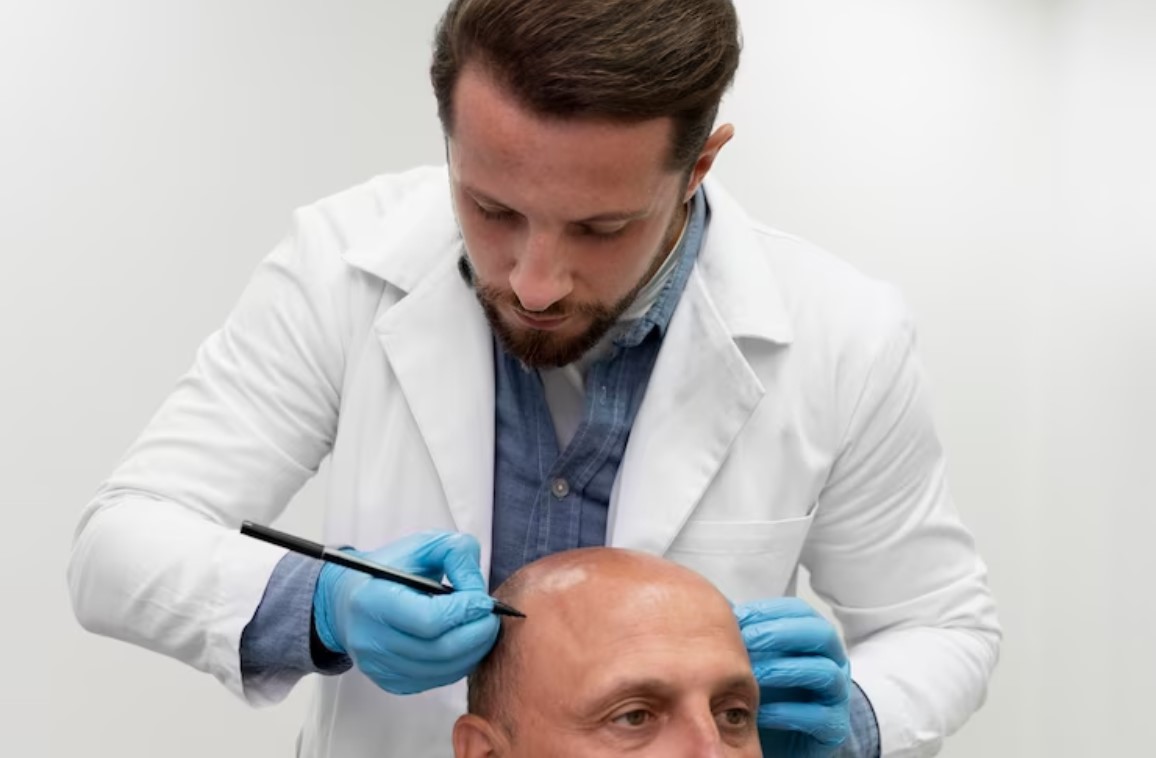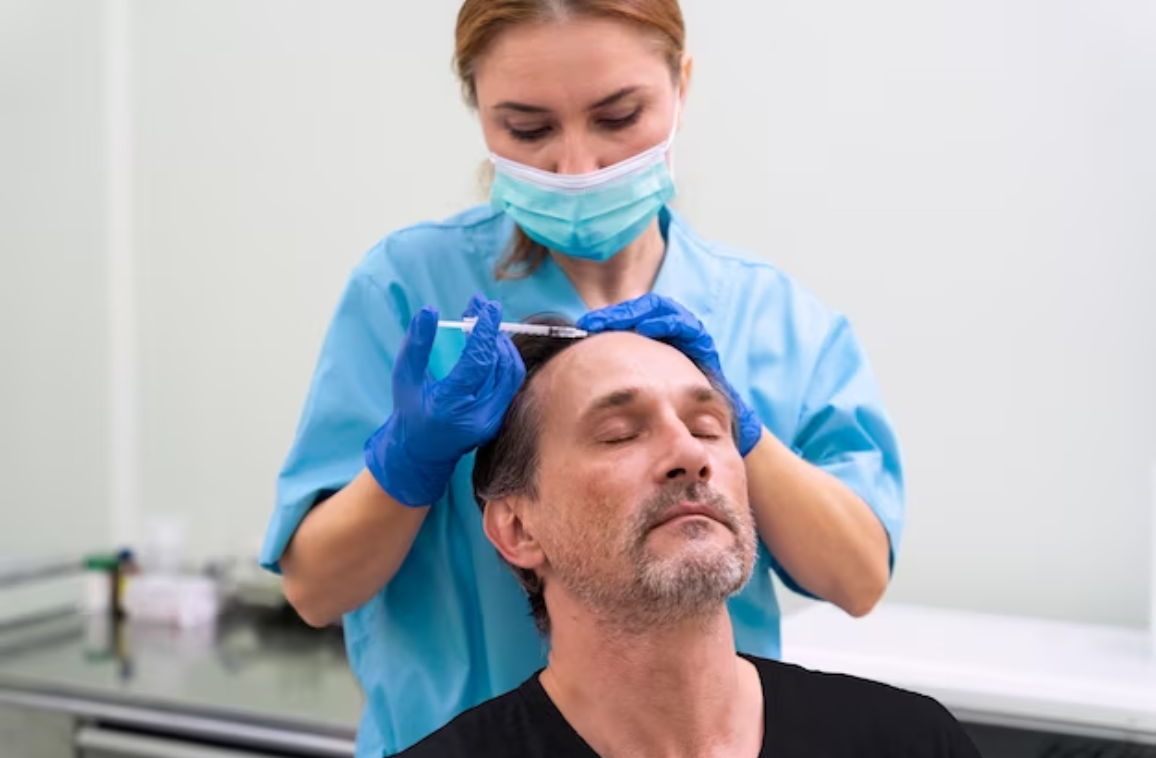Whether receding at the temples or thinning all over the scalp, dealing with hair loss is rarely an enjoyable process, and naturally, non-surgical hair replacement is a good idea to deal with this problem.
If genetically prone to male pattern baldness, watching your hair slowly become thinner is no longer mandatory.
From medications such as finasteride to procedures like hair transplantation, a range of options are here to choose from to maintain your hairline.
If the use of medication or undergoing surgery does not appear very appealing, then the person can consider non-surgical hair replacement.
Non-surgical hair replacement does involve the use of a hair “system” (essentially a fancy term for a toupée). Unlike the toupées of earlier times, several modern hair systems do look convincing, with a similar shape and texture to one’s real hair. Some are made by using natural human hair.
While non-surgical hair replacement systems do have advantages, they also have a few downsides that need to be kept in mind when considering this option for dealing with hair loss.
What is non-surgical hair replacement?
Non-surgical hair replacement happens to be a term that has two meanings. The first generally refers to any sort of treatment for male pattern baldness that does not involve surgery. This includes hair loss medications such as minoxidil and finasteride, supplements, shampoos for preventing hair fall, hair care devices, and several other types of products.
The second is rather more specific. It does refer to a small range of products that are worn on or even applied to the scalp to replace hair that has fallen out due to male pattern baldness.
Non-Surgical Hair Replacement Options
The most effective way to treat hair loss is usually by making use of FDA-approved medications like finasteride and minoxidil, either on their own or with hair restoration procedures like hair transplant surgery.
The major advantage of treating hair loss with medication or surgery is that it does work, and not just in the short term. Medications such as finasteride can help to stop hair loss for good by blocking it at its root cause.
Yet, not everyone prefers to rely on long-term use of medication or even costly surgery to protect and maintain their hair.
Benefits of Non-Surgical Hair Replacement
Non-surgical hair replacement has indeed several benefits, from the lower cost of using a hair system to the lack of any need to take medication daily.
Arguably the biggest advantage of non-surgical hair replacement is that it does provide results, or at least an aesthetic improvement.
Hair loss treatments like finasteride and minoxidil take three to six months to produce visible results.

Surgical treatments, such as a hair transplant, do require a significant time commitment. Not only does this sort of procedure take several days to complete, but it can also take months before one’s new hair completely grows back in.
In comparison, the process of having a hair system fitted is usually fast and easy, and making use of the hair system once it is fitted rarely takes long.
Another benefit of non-surgical hair restoration is, of course, the cost. Although hair loss medication is not all that expensive, hair transplant surgery can indeed cost tens of thousands of dollars, especially if the person wants to achieve a full head of hair after the procedure.
In contrast, several moderate- to high-quality hair systems can be purchased for several hundred dollars, a small fraction of the price of hair transplant surgery.
Conclusion
Non-surgical hair replacement is a solution, but it is important to weigh the pros and cons of availing of it.




